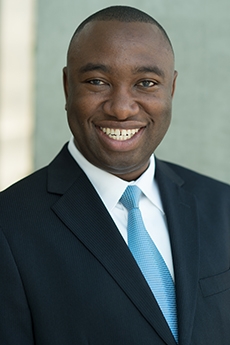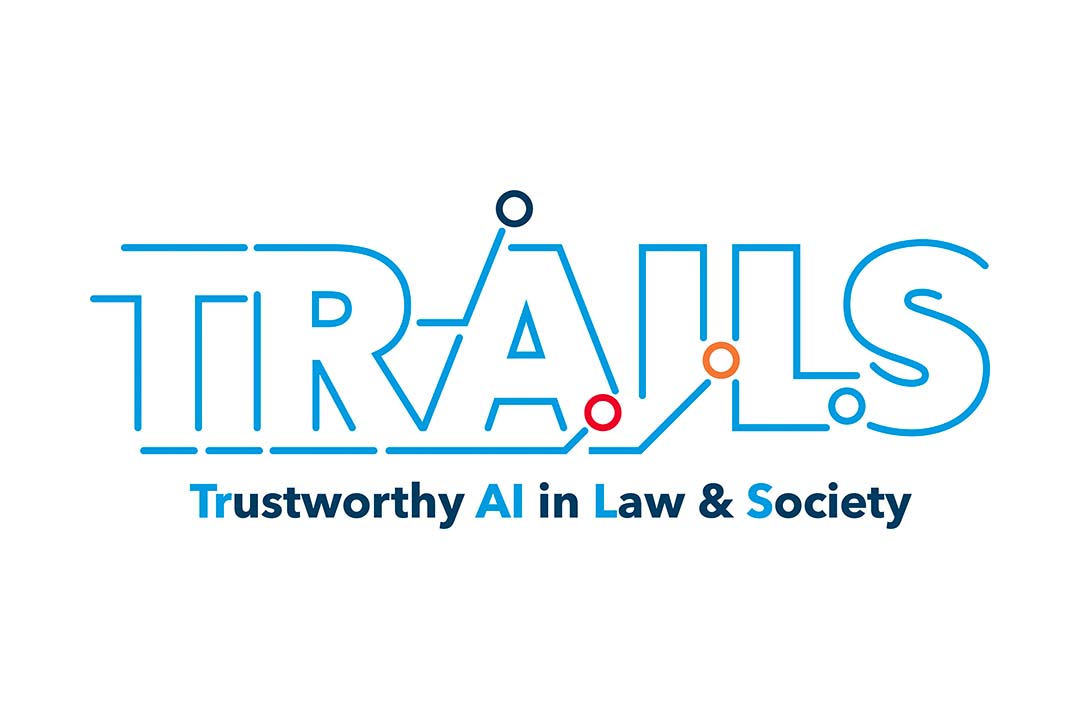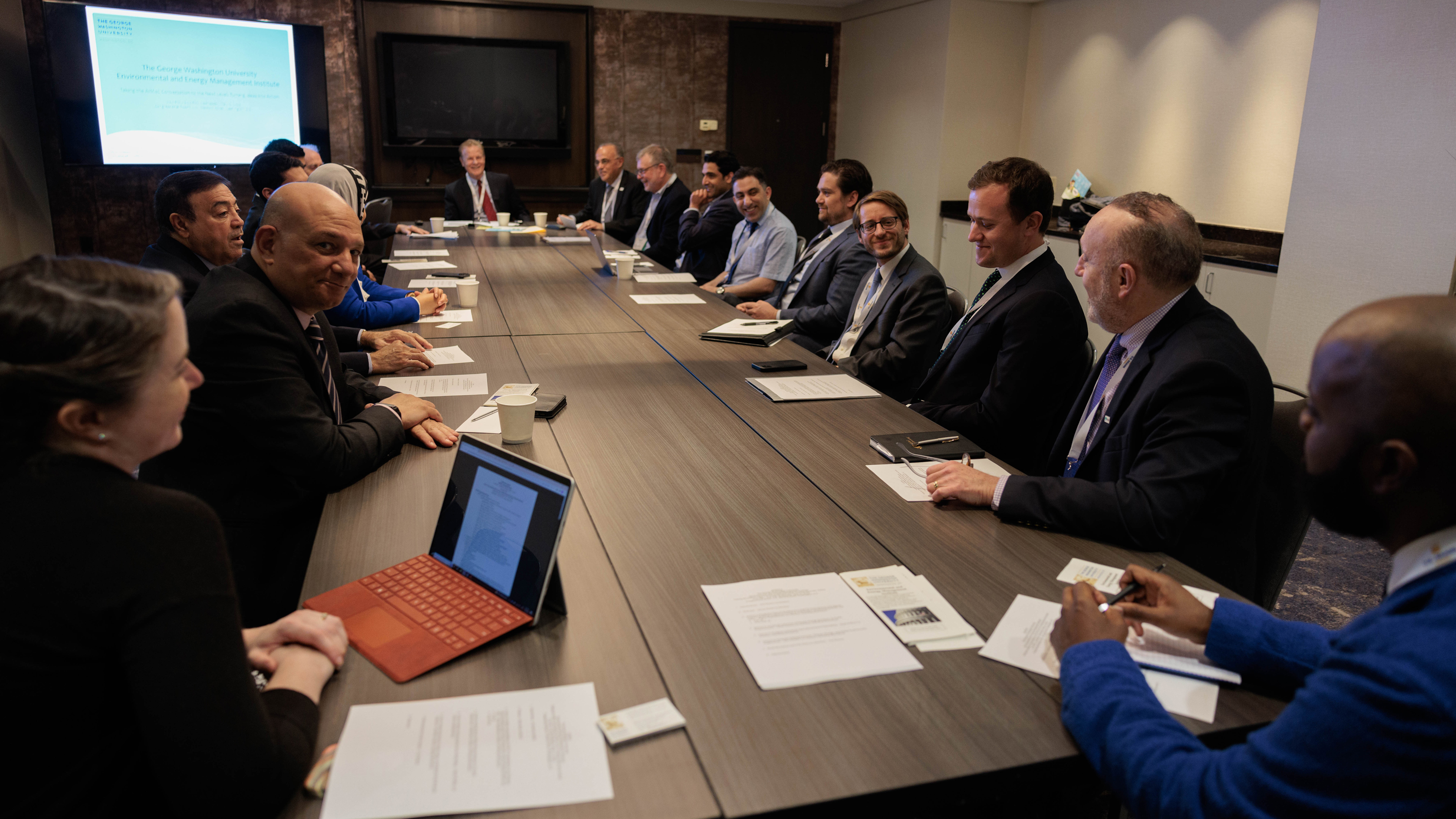Engineering Solutions for a Complex World
LETTER FROM THE DEPARTMENT CHAIR
Welcome to the Department of Engineering Management and Systems Engineering (EMSE) at the George Washington University School of Engineering and Applied Science (GW Engineering). As the EMSE Department Chair, I am thrilled to introduce you to our community of faculty, students, and alumni who are at the forefront of addressing complex societal challenges through systems engineering and management.
In today’s world, addressing major issues such as climate change, public health, trustworthiness in artificial intelligence, critical infrastructure systems, innovation, privacy, and connectivity requires a holistic approach. AtEMSE, we firmly believe that the success of any solution depends on embracing systems thinking. We understand that these challenges have deep-rooted connections to complex systems, and it is our mission to develop innovative solutions that can truly make an impact. Within our department, we pride ourselves on tackling a diverse range of intriguing and significant challenges. From efficiently responding to pandemics and ensuring the resilience of global supply chains amidst disruptions to devising technology and policy strategies to combat climate change, investigating online malicious content spread, and enhancing human-technology interaction, we engage in interdisciplinary, problem-driven research. Our goal is to comprehend the intricate interplay of various components within complex systems and uncover how they fit together. Working alongside policymakers and technology leaders, we are dedicated to creating and implementing complex adaptive solutions that improve decision-making and shape the world around us.
To succeed in this endeavor, professional engineers must not only understand the technologies being developed but also grasp the rapidly changing environments where these technologies will be applied. At GW Engineering’s EMSE department, we equip our students with a comprehensive set of analytical tools and foster systems-level thinking. By combining engineering, management, business analytics, and technology, we empower today’s engineers, scientists, business professionals, and policymakers with the skills they need to enhance management and decision-making within their respective organizations. Our department cultivates an intellectual community that values collaboration, innovation, and societal impact. Together, we drive positive change and contribute to solving the challenging problems that span disciplines, countries, and cultures.
Ekundayo Shittu, Ph.D.
Associate Professor and Interim Chair
FACULTY SPOTLIGHT
PROFESSOR ROYCE FRANCIS’ JOURNEY IN ENGINEERING
Being a systems engineering professor was not always Professor Royce Francis’ plan, as he initially wanted to attend law school. A professor at his undergraduate institution, Howard University, noticed his interest in environmental policy and the humanities and encouraged him to speak with a fellow Howard civil engineering graduate who went on to earn a doctorate from Carnegie Mellon University’s Engineering and Public Policy (EPP) program. After learning about the engineering projects he works on that solve developmental issues in water infrastructure and similar problems, Prof. Francis felt systems engineering was a better fit for him and joined EPP himself.
Joining GW Engineering’s Engineering Management and Systems Engineering (EMSE)Department after earning his doctorate also made sense to Prof. Francis. As a risk analyst, he works on problems related to the environment, infrastructure, and societal implications of technology. GW and the EMSE Department offer the opportunity to collaborate with researchers across engineering disciplines and from a variety of schools, such as policy or public health, that are relevant to solving these complex engineering problems. Since joining, Prof. Francis has found GW to be an excellent environment for working on environmental issues because, as a comprehensive university, GW has multiple disciplines involved in safeguarding environmental health — from engineering and science to public health, medicine, and law. He has also leveraged these collaborative opportunities to support multidisciplinary programs such as GW’s Sustainability Minor, for which he teaches the course “The Sustainable City.”
Today, Prof. Francis leads the Strategic [urban] Ecologies, Engineering, and Decision-Making research group. His most recent work focuses on learning how students construct and communicate engineering judgments while working on senior project teams, a new direction for him. The project repositions judgment as something that emerges from interactions among team members, demonstrating typical distinctions between technical and professional skills are not meaningful. The two cannot be separated because technical choices are situated in and conditioned by professional community norms and expectations. Prof. Francis suggests educators help students interrogate their emerging engineering identity and question their assumptions about who can speak or act as an engineer. As a former faculty mentor for the Stephen Joel Trachtenberg Scholars, and current faculty director for the Clark Scholars Program, he puts this advice into practice while learning about the diversity of interests and experiences at GW from his students.
TRAILS INTEGRATES ARTIFICIAL INTELLIGENCE PARTICIPATION, TECHNOLOGY AND GOVERNANCE
Artificial intelligence (AI) systems have tremendous opportunities to benefit humanity but can also cause much harm. These risks include systems that are biased – especially against vulnerable populations – or otherwise lack fairness, transparency, privacy, or security. These harms can arise when a system is not designed to reflect the values of its users or other affected populations, especially when they are seen as perpetuating inequalities. This can undermine trust in and uptake of these systems, resulting in lost opportunities for economic growth, innovation, and benefit to affected communities. Funded by a $20 million award from theNational Science Foundation (NSF) and the NationalInstitute of Standards and Technology (NIST), the Institute for Trustworthy AI in Law & Society (TRAILS) is focused on transforming the practice of AI by encouraging innovations that facilitate participation from all affected populations, including but not limited to communities whose voices have historically been marginalized.
The George Washington University is co-leading this multi-institutional effort to develop new AI technologies designed to promote trust and mitigate risks while simultaneously empowering and educating the public. TRAILS is the first organization to integrate AI participation, technology, and governance during the design, development, deployment, and oversight of AI systems because the team believes that there is no trust or accountability in AI systems without the participation of diverse stakeholders in their creation. They will work with impacted communities, private industry, and the federal government to determine how to evaluate trust in AI, develop technical solutions and processes for AI that can be trusted, and which policy models best create and sustain trust.
TRAILS has identified four key research thrusts to promote the development of AI systems that can earn the public’s trust through broader participation in the AI ecosystem: participatory design, methods and metrics, evaluating trust, and participatory governance. Engineering Management & Systems Engineering Professor David Broniatowski will lead the third thrust while Susan Ariel Aarons on, a research professor of international affairs, will use her expertise in data-driven change and international data governance to lead the fourth thrust of participatory governance and trust. In addition to engineering and international affairs, GW faculty from multiple schools will bring expertise in law, policy, governance, human-computer interaction, and socio-technical systems engineering to transform AI systems at TRAILS.
ENVIRONMENTAL AND ENERGY MANAGEMENT INSTITUTE CONVENES INTERNATIONAL DECISION-MAKERS
How can Europe best address the twin challenges of climate change and energy security in the face of Russia’s invasion of Ukraine in 2022? How should the U.S. address contamination of groundwater resources by thousands of newly discovered “forever chemicals”? GW’s Environmental and Energy Management Institute (EEMI), directed by Professor Jonathan Deason of the Engineering Management and Systems Engineering (EMSE) Department, tackles these and many other critical environmental and energy challenges daily.
Since its initial charter in 2015, EEMI has had a significant impact on environmental and energy programs and issues throughout the world. Externally funded EEMI research projects have included capacity building to help developing nations participate in UNFCCC climate change processes, optimization of progressive block pricing of electricity consumption, acceleration of modular micro-nuclear reactor research, optimization of Defense Department energy technology investments, and contamination of groundwater resources by emerging chemicals.
The Institute’s location in the nation’s capital facilitates constant interactions with public and private sector leaders from all over the country and the world. EEMI has convened several panels and discussions in the last two years, some featuring these high-level decision-makers. For example, on April 19, 2023, EEMI hosted an official “U.S.-Thailand Energy Policy Dialogue” between the U.S. Department of State and the Government of Thailand. Topics of discussion included the future of electric vehicles, solar technology and its supply chains, grid modernization, and next-generation energy innovation technologies. Then, on May 12, EEMI met with 17 government and private sector leaders from Romania and Moldova to discuss a potential partnership to advance clean energy for advanced irrigation technology in those countries.
In pursuing solutions to such interdisciplinary challenges, faculty and students from schools across GW are brought together. EMSE and other GW faculty and students work side-by-side with former high-level officials serving as EEMI Distinguished scholars, such as the Chairman of the World Bank Group Board of Executive Directors and a White House FederalEnvironmental Executive. Collectively, these colleagues work together to address major problems involving sustainability, global climate change, air and water quality, renewable energy, waste management, and other systemic environmental issues worldwide.
SENIOR DESIGN PROJECTS SUPPORT OPERATIONAL IMPROVEMENTS
In the EMSE Department’s senior design class, students identify real-world problems and apply relevant systems engineering methodologies to solve them during a year-long project.In the first semester, students learn how to develop a well-structured research proposal, then move on to implementing their research plan and presenting final results in the second semester. Read about two stand-out teams from last academic year.
LOCATING EMERGENCY RESPONSE FACILITIES IN THEMETRORAIL SYSTEM: A DECISION SUPPORT TOOL
Senior design team Eliese Ottinger, Kaveena Patel, Islay VanDusen, and Alejandro Medina Mora, advised by EMSE Professor Erica Gralla, along with WMATA’s Adam Jachimowicz and senior design professors Joost Santos and Eric Dano, studied emergency response operations for the Washington metro system. They developed a simulation to help the Washington Metropolitan Area Transit Authority (WMATA) determine the best locations for emergency response personnel, in order to minimize response times throughout the sprawling subway system. The model relies on historical emergency incident data and traffic information to project response times from various locations. The team’s work demonstrates the potential for significant response time improvements by relocating or adding new response bases. The seniors presented their project to senior leaders at WMATA. They also won the Best Paper Award for their paper in the DecisionAnalysis Track at the 2023 IEEE Systems and Information Engineering Design Symposium.
TIME SAVES LIVES: OPTIMIZING PEDIATRIC CLINIC PATIENT VISIT TIMES
A senior design team from the Department of Engineering Management and Systems Engineering (Julia Arnsberger, Amelia Jacquat, and MichaelO’Keefe, advised by Profs. Joseph Barbera, EricDano, and Joost Santos) studied how the Orthopedic Clinic of Children’s National Hospital in Washington, DC can optimize their current patient visit cycles to lower the amount of time required for each patient with the aim of increasing throughput — i.e., increasing the number of patients that the clinic can accommodate. The team conducted interviews, performed observational site visits, collected data, fit data to distributions, and used the distributions to develop a simulation model in Simio to evaluate the impacts of potential improvements on the patient time in the system and total patient throughput. The proposed improvements include adjustments to the medical staff schedules, patient arrivals, and provider room layouts to optimize the flow of patients through the facility. The team won the EMSE Department’s BestSenior Design project and published their work in the Proceedings of the 2023 IEEE Systems and Information Engineering Design Symposium.
LEADING THE SEARCH FOR SOLUTIONS TO THE WORLD’S MOST COMPLEX ISSUES
Interconnected, complex systems are at the heart of today’s looming “socio-technical” challenges, including climate change, artificial intelligence (AI), public health, data, privacy, and many more. Solving these problems requires an interdisciplinary approach that spans traditional technical boundaries while incorporating methods and theories from social science disciplines. This necessitates a problem-driven approach that, historically, has not been well supported by conventional education paradigms and research communities.
The Council of Engineering Systems Universities (CESUN) was founded in 2004 by a small group of like-minded scholars to foster an intellectual community equipped to address these societal needs. Over the next two years, CESUN held a series of workshops facilitated by MIT, which resulted in framing papers that defined the research agenda of the emerging field. When the Engineering Management and Systems Engineering (EMSE) Department first hosted the organization’s International Symposium a decade later, the community had expanded to include top research universities from around the globe with a broad impact on technology and policy discussion in their home regions.
In many ways, the EMSE Department has evolved with CESUN. In fact, three EMSE faculty members, Professors Zoe Szajnfarber, David Broniatowski, and Erica Gralla, were graduate students at MIT while the framing papers were being written. When EMSE hosted CESUN in 2016, with Prof. Szajnfarber as General Chair, the agenda highlighted the department’s approach to “problem-driven” research and education, featuring a mix of academic and practitioner perspectives on pressing societal problems and novel strategies for addressing them. The agenda covered topics from healthcare and resilient infrastructure to humans in engineering and space exploration. It also introduced a methodology workshop, expanding the menu of rigorous research approaches adopted by the community. The results remain a touchstone for CESUN as the scope of their research continues to evolve to match the increasing complexity of engineering systems problems.
This year, Prof. Szajnfarber will assume the role of Chair of CESUN after seven years on the executive committee in various roles. The transition will occur at the 9th International Symposium in November 2023, where the technical co-chair will be fellow EMSE faculty member Prof. Gralla. The conference will feature a discussion of trustworthy AI-embedded systems, another area where EMSE is leading the way. CESUN was conceived to solve problems that matter in an interconnected world, and the EMSE Department is poised to lead in its search for solutions.
Download the EMSE Department Brochure (pdf)








